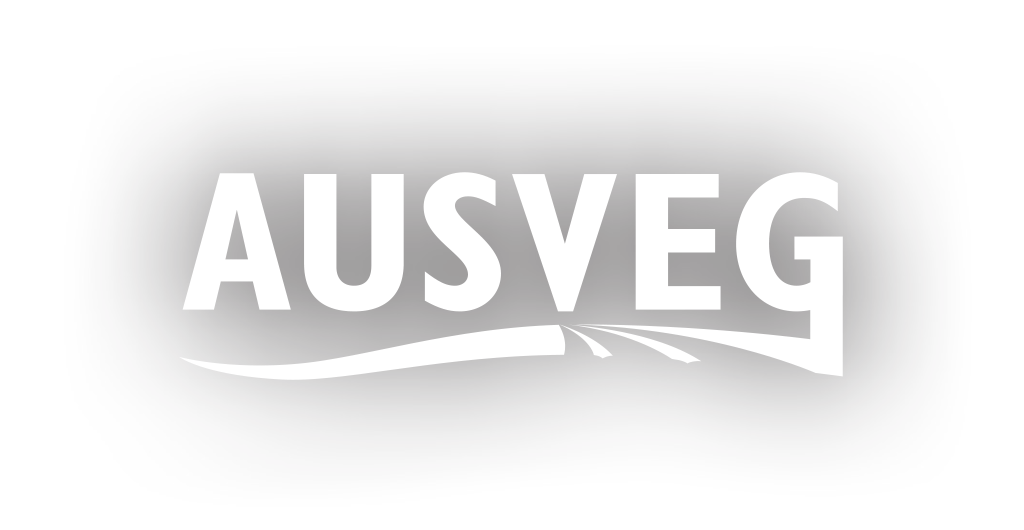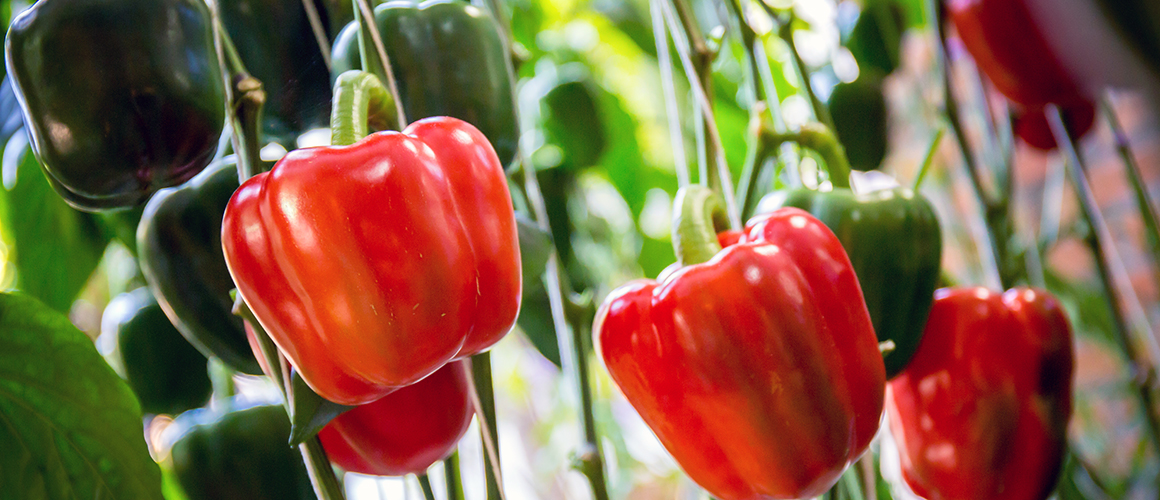Department of Agriculture publishes updates on range of import risk analyses
As part of its work to protect our biosecurity, the Australian Department of Agriculture and Water Resources analyses the threat posed by plants and plant products that other countries want to export to Australia.
These import risk analyses consider the level of biosecurity risk that may be associated with importing these products and aim to identify ways to manage that risk. They also look to establish a balance between Australia’s international obligations, including our responsibilities as a member of the World Trade Organization (WTO), and managing these biosecurity risks appropriately.
The Department has recently released updates on a range of risk analyses that are under way, including those covering dates from the Middle East and North Africa and breadfruit from Fiji, Samoa and Tonga.
It has also provided early notification that it will be conducting a risk analysis on Capsicum spp. fruit from a range of Pacific Island nations, commencing later in the year. You can read all the details in this factsheet, and we’ve also reproduced some of the most important information below.
Import risk analysis of fresh Capsicum spp. fruit (chillies, capsicums and peppers) from Fiji, Papua New Guinea, Samoa, Solomon Islands, Tonga and Vanuatu
Reinstatement of market access for fresh Capsicum spp. fruit has been a priority for a number of Pacific Island countries since trade was suspended in 1997 following the withdrawal of ethylene dibromide as a permitted fumigant for phytosanitary treatment.
As a WTO member, Australia is required to assess market access proposals and develop the least trade-restrictive and scientifically justified import conditions.
We currently permit imports of these products from New Zealand and the Republic of Korea, provided they meet our biosecurity import requirements. Our main export markets for these products include New Zealand, Brunei, New Caledonia, and two nations that are seeking to import: Fiji and Papua New Guinea.
The Department will announce the commencement of this risk analysis before the end of 2018.
Process for a risk analysis
The Department undertakes a risk analysis to ensure that products imported into Australia are free from unwanted pests and diseases.
This means the first step for the analysis is to identify pests and diseases that are associated with the proposed imports that aren’t present in Australia.
Once these have been identified, the risk analysis assesses the pests that pose a biosecurity concern and recommends risk management measures if required. If there aren’t any risk management measures available that can effectively manage these biosecurity risks, trade isn’t permitted.
The Department also verifies commercial production, packing and export practices in the source country before determining any risk management measures that are to be applied.
Stakeholder contributions
Stakeholders will be invited to comment on the draft report that the risk analysis will produce.
The final report will then be published after these comments have been considered, which will complete the scientific risk analysis process.
In the meantime, if you want to get in touch with the Department about the risk analysis, call 02 6272 5094 or send an e-mail to plantstakeholders@agriculture.gov.au.
Keeping up-to-date
If you’re interested in receiving further updates on biosecurity risk analyses, you can subscribe using the Department’s online subscription service.
AUSVEG will keep the industry updated on any relevant developments as appropriate.
This post appeared in the AUSVEG Weekly Update published 17 July 2018. Subscribe to the Update using our online form to receive the latest industry news in your inbox every week!

